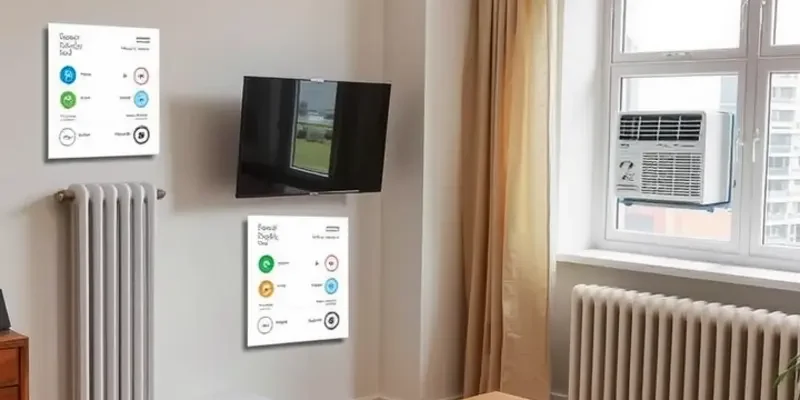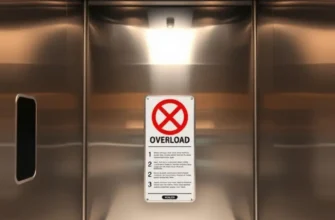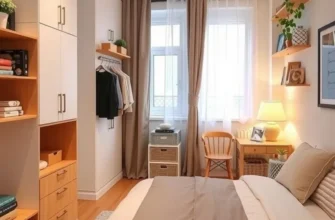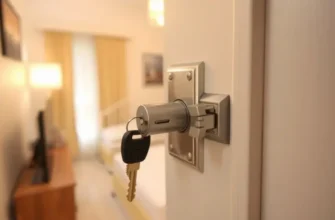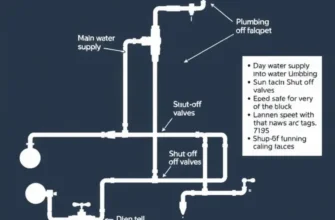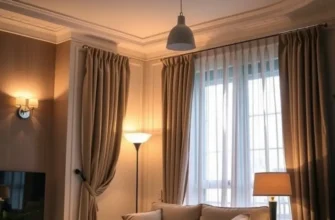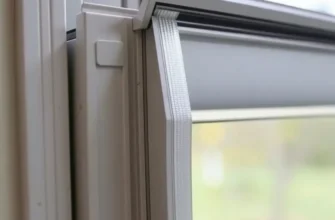As winter approaches, ensuring your apartment remains warm and comfortable becomes paramount. However, heating also comes with its own set of safety concerns that every renter should be aware of. From recognizing the signs of an inefficient heating system to understanding basic safety practices, navigating your apartment’s heating can feel daunting. Yet, it doesn’t have to be. This guide aims to equip you with straightforward strategies to ensure your apartment is not only warm but safe. Prioritizing safety, security, and hassle-free maintenance, you’ll be better prepared to handle potential issues that may arise, giving you peace of mind as the temperatures dip outside. Whether you’re new to renting or have years of experience, this guide offers practical tips that resonate with every renter. Let’s delve into the essentials of apartment heating safety, empowering you to create a warm and inviting home.
Understanding Your Heating System
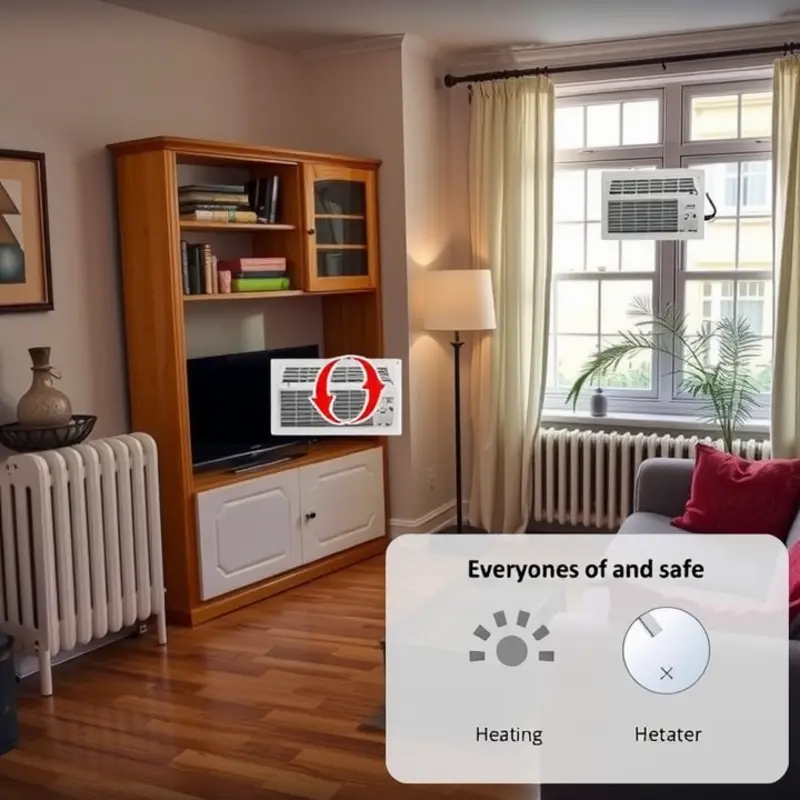
When choosing to rent an apartment, understanding the type of heating system it employs is crucial for safety and efficiency. Most apartments feature one of the following heating systems: forced air, radiators, baseboard heaters, or heat pumps. Each comes with distinct operational characteristics and unique safety aspects to consider.
Forced Air Systems are quite common in apartments. These systems distribute heated air through ductwork and registers, using a central furnace. They are powered by electricity, natural gas, or oil. Regularly replace filters to prevent blockages and improve air quality. A dirty filter can restrain airflow and cause the system to overwork, leading to overheating. It is advisable to schedule annual checks with a professional to inspect the furnace’s burners and heat exchangers for any signs of wear or damage.
Radiators, often found in older buildings, utilize steam or hot water. Steam radiators are powered by a central boiler, which requires routine maintenance to ensure proper pressure levels are maintained. They can become extremely hot; hence, it’s vital to keep flammable items, including curtains, furniture, and clothing, at a safe distance. Water radiators usually emit a gentle and consistent heat, yet it is important to check for any leaks and to ensure that air vents are free from obstruction to maintain efficiency.
Baseboard Heaters are mounted along the base of walls, often using electrical resistance to generate heat. Being closer to the floor, take special care to avoid contact with drapes or furniture. Regular cleaning is essential to remove dust and debris that may cause a decline in efficiency or pose a fire risk. Baseboard heaters usually have their own thermostat, providing greater control over individual room temperatures. Verify all thermostats are working accurately to manage heating safely.
Heat Pumps function by transferring heat from outside to inside an apartment. These systems can be an efficient choice for mild climates but might struggle in more extreme temperatures. Regular inspection of the external unit is necessary to prevent leaves or ice encroachment, which could impede performance. Check filters and coils routinely to ensure optimal air flow and energy efficiency.
Maintenance is fundamental to all heating systems. Regularly scheduled inspections can identify potential issues before they become significant problems. And while some tasks fall under a renter’s responsibility, certain elements, particularly regarding central boilers or electrical installations, should be addressed by management or professionals. Always report concerns promptly to your property manager to ensure swift resolution and to maintain compliance with apartment safety guidelines.
Understanding your heating system’s operation and maintenance helps in staying proactive about safety. This approach is not just about reducing the risk of malfunction but also about ensuring efficient usage, which can contribute to lower energy bills. For renting insights that encompass broader aspects of apartment living, visit this resource.
Safety Protocols for Renters

As a renter, understanding the safety protocols for heating systems is paramount to keeping your living space both warm and secure. Begin by developing a proactive approach to inspecting heaters. Regular inspections can reveal potential issues before they escalate into serious problems.
Checklists for Inspecting Heaters
Start your inspection checklist with the heater’s external condition. Check for any visible signs of damage such as cracks, frayed wires, or accumulated dust. Ensure all controls are functioning smoothly and that there’s no obstruction near the unit that might hinder ventilation.
Next, confirm that venting systems are clear. Blocked vents can lead to inefficient heating and increase the risk of carbon monoxide accumulation. Implement a regular cleaning routine, especially before the heating season begins.
Recognizing Warning Signs
Familiarize yourself with the warning signs of a malfunctioning heater. Strange noises, such as rattling or clanking, can indicate loose components or internal damage. A burning smell might suggest overheating or dust burning off the heating elements. Don’t ignore short cycling, where the heater turns on and off frequently, as this can strain the system and lead to increased energy costs.
If you notice any of these signs, address them immediately. Contact your landlord or a professional technician to evaluate and resolve the issue. For information on avoiding potential disputes with landlords regarding repairs, consult this guide on rent increase laws.
Steps to Take When Issues Arise
When problems are identified, prioritize communication. Notify your landlord of any issues in writing, listing the symptoms and potential hazards. This documentation not only protects you legally but also ensures the problem is addressed swiftly. If an immediate repair is required, request urgent assistance to prevent further damage or health risks.
Ensure you know how and when to safely shut off your heating system if immediate danger is apparent. This includes locating the power supply and being able to identify the main gas valve for gas heaters.
Importance of Smoke Detectors and Carbon Monoxide Alarms
No discussion on heating safety is complete without mentioning smoke detectors and carbon monoxide alarms. Both devices are essential even in the safest of environments. Test your smoke detectors monthly and replace batteries at least twice a year. Position carbon monoxide alarms near sleeping areas and on every level of your home.
These devices provide early warnings and can be lifesaving tools. Make sure that alarms are not expired and are compliant with local safety regulations. Compliance ensures maximum protection and is often a legal requirement in rental properties.
In conclusion, staying informed and vigilant about heater maintenance and safety protocols can significantly reduce risks. Regular checks and immediate action play crucial roles in ensuring your safety and peace of mind in your apartment.
Final words
Keeping your apartment warm during the colder months doesn’t have to be a stressful experience. By familiarizing yourself with your heating system and implementing safety protocols, you can create a secure and comfortable living environment. Remember to perform regular safety checks and communicate with your landlord if you notice any problems with your heating. With these tips, renters can enjoy a cozy apartment all winter long without compromising on safety. Take charge of your heating safety today — it’s a crucial step toward ensuring your home remains a sanctuary during the chilly season.

